
Product information
Guigal Côte-Rôtie ‘Château d’Ampuis’ 2016
$315
Description
The wine just released was rich, powerful, and, had all the hallmarks of greatness. It was hard to say which had the greatest depth and length of fruit at the time!
Extremely dark ruby. Powerful, mineral-accented cherry and dark fruit preserve, exotic spice, licorice and incense aromas show sharp delineation and pick up hints of candied flowers and olive with aeration. Sweet, seamless and broad on the palate, offering intense boysenberry, cherry liqueur, fruitcake and floral pastille flavors that slowly tighten up on the back half. Repeats the blue fruit note on an impressively persistent, spice-tinged finish that features sneaky tannins and an appealingly sweet cola flourish.
Josh Raynolds, Vinous
Out of stock
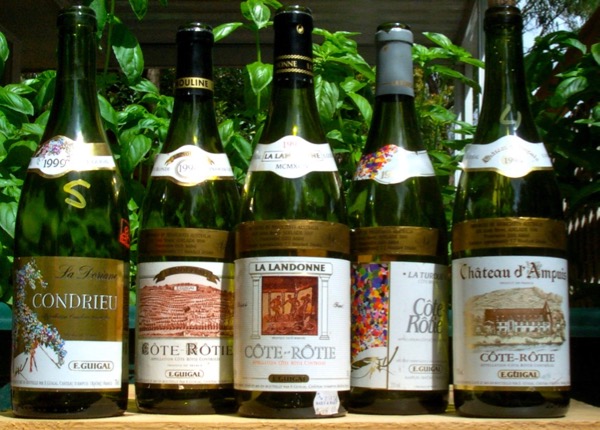
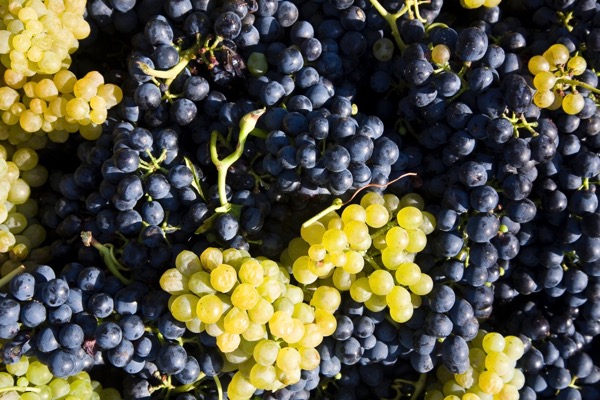
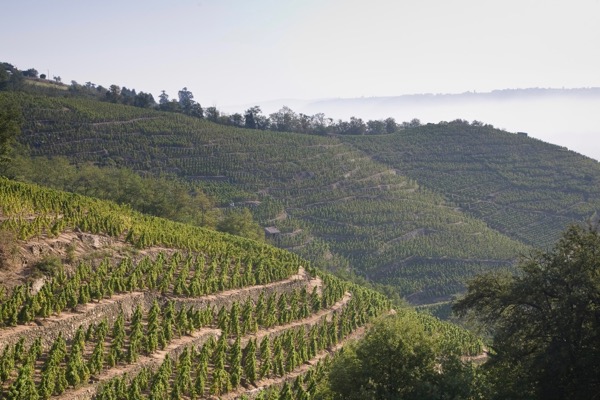
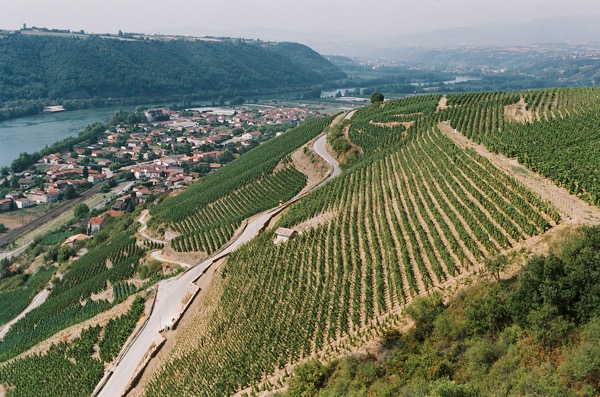
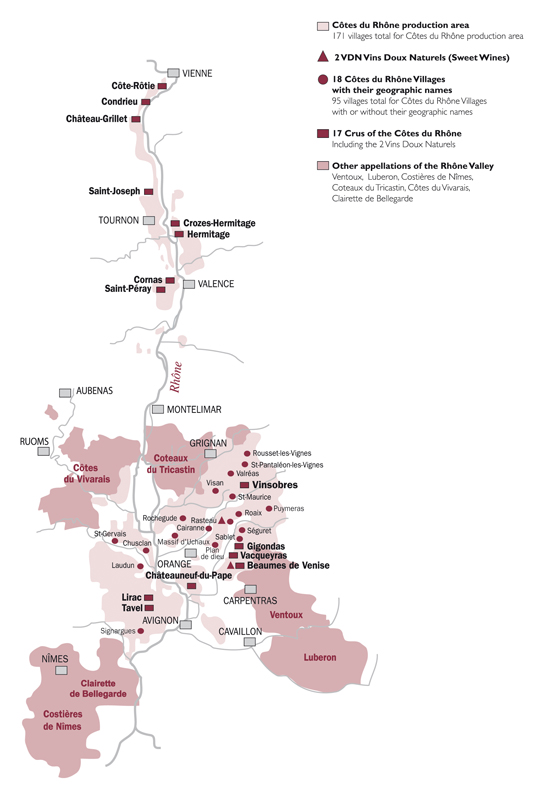
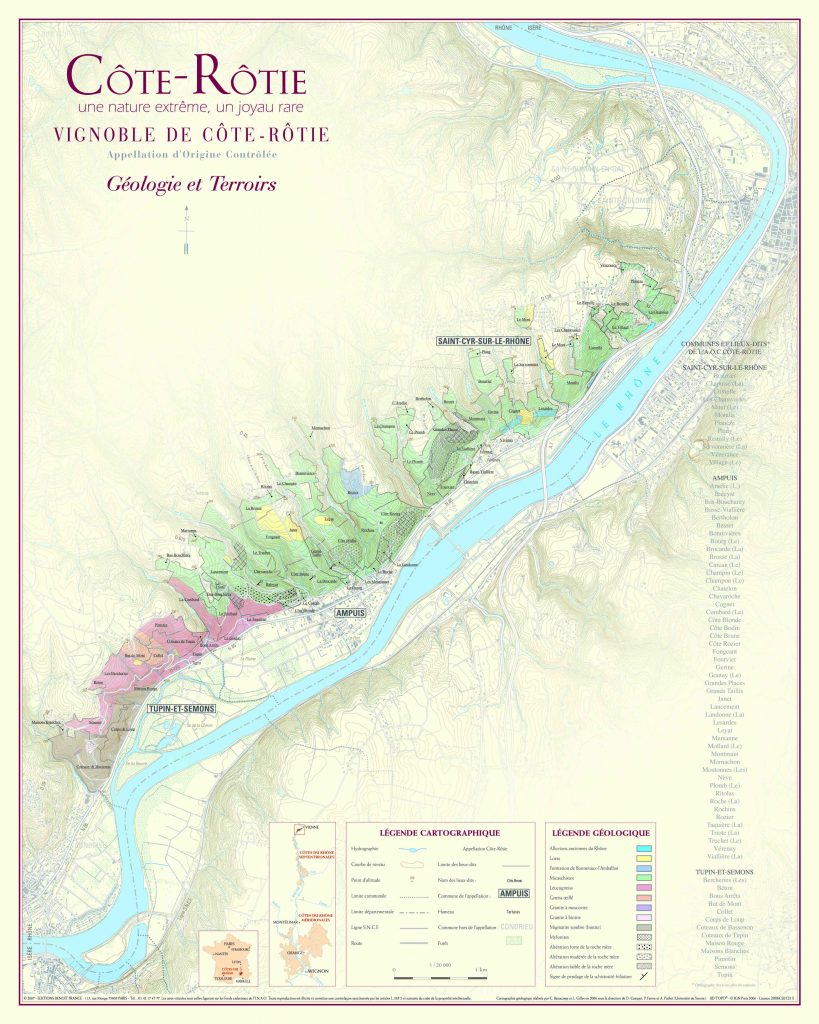
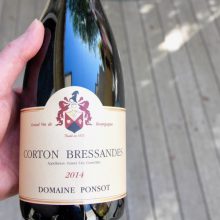
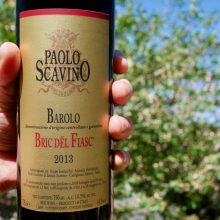
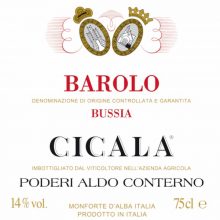
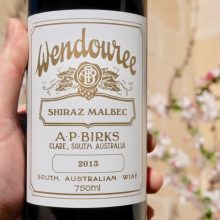
You must be logged in to post a comment.